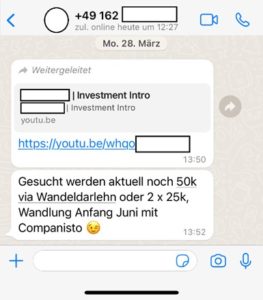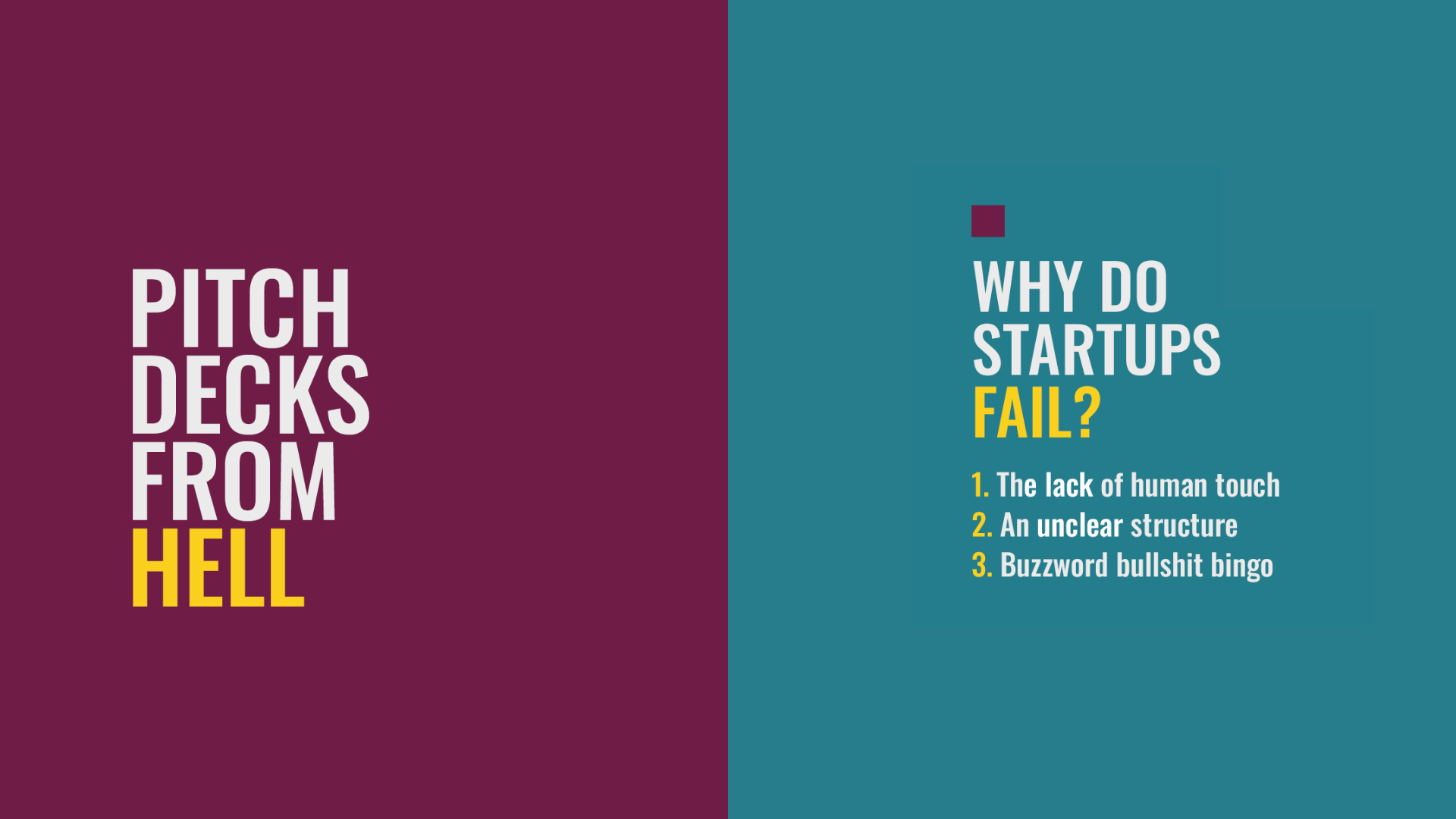2021 has been quite the year!
Although Europe’s “old economy” has been in deep waters due to the seemingly never-ending uncertainty imposed by erratic Covid restrictions (not to mention a certain Kremlin-based chief executive officer who recently got us all into the next shemozzle), start-ups are just doing fine.
Well, of course not all of them, but based on numbers, 2021 has been their best year so far. And numbers rarely lie – except you live in a communist country and your out-of-favour government receives an overwhelming 98,85% of votes. Been there, done that.
According to the EY Startup Barometer, startups in Berlin received the following funding in 2021:
- 5bn € invested in start-ups – 60% of the venture capital invested throughout Germany
- 431 startups received funding
- 503 deals – 43% of nationwide deals
Europe’s policy of low interest rates flooded entire markets with eager investors from both apex as well as small and private funds.
As money was readily available, we witnessed plenty of large financing rounds in Germany such as Gorillas (861 Mio/September), Celonis (830 Mio/June), N26 (775 Mio/October). There were also several German-based startups that successfully closed Seed and Series A rounds.
The Community
There are a few places in Berlin, where startups, especially those in the Pre-seed and Seed rounds come to expand their business, build their products, and hire their first employees. One of those places is The Drivery – a marketplace for mobility innovators, currently consisting of 140 companies, which have raised approximately six billion Euro in investments. I repeat, six billion!
Not all these companies are, of course, German. From CIS engineers trying to build the next Hydrogen-powered truck OEM, Swedish scooter producers to Indonesian self-driving cleaning machines, The Drivery is full of ideas.
Alongside the success stories, however, we have also witnessed a lot of interesting concepts that never saw the light of day. They were promising, yet they failed.
A little reconnaissance
In the last three years we carefully examined several hundred pitch decks, gathering information and identifying some reasons why these companies didn’t make it. We narrowed it down to three main ones:
- The lack of human touch
- An unclear structure, and
- Buzzword bullshit bingo
To back up our findings, we also consulted investors with decades of experience. They resoundingly agreed that it’s these three points that make up the Pitch Deck From Hell.
So, I will take you through each point so that you too can avoid these pitfalls and get one step closer to successfully fundraising.
Point I – The Human Touch
One of the first lectures I received in my career was that business is always people to people. And not being committed to creating long-lasting relationships that are based on trust, accountability, and credibility will lead to their imminent end. No exceptions.
Starting off a potential partnership – and nothing represents the relationship of a VC to a startup more – with a bad impression is a no-go. It will ruin it before it has even begun.
Here’s how to NOT leave a good impression:
- Sending open documents such as Word or PowerPoint files
- Referring to attached documents that are simply forgotten
- Sharing circular mails
- Pursuing random cold inquiries
- Trying mass mails with 50 different people in CC
- Requesting feedback passive aggressively
- Using incorrect names, genders or companies
Seems obvious, right?
Apparently, it isn’t for everyone:

To achieve your desired goal, I suggest writing only personalized emails to the relevant point of contact. Even better, try to get a personal introduction via your network. Always be professional, polite, and show adequate manners. Remember: on the other side of the screen sits a human being.
If you worry about your intellectual property and fear that your idea might get to much attention from unwanted eyes, use DocSend, which is considered an industry standard.
Point II – A Clear Structure
Structure is highly important.
If you leave out relevant key points, your story will end up with more holes than the Titanic. Therefore, I recommend using an industry holy grail: The Sequoia Capital pitch deck template.
The template is divided into nine sections:
Purpose – Define your company/business in a single sentence – What are you doing and why will the user want it?
Problem – Describe the problem for customers (or customer’s customer). How does the customer address the issue today, and why is this insufficient? What do you know about the problem that others don’t?
Solution – Demonstrate how you solve the customer’s problem or improve a customer’s existing solution. How does your understanding of solving the problem differ from these predecessors?
Market size – Identify and profile your target customer. Calculate the total available market, serviceable available market and share of market.
Competition – Create a list of competitors i.e., legacy competitors, new startup competitors, adjacent spaces, customer alternatives, potential new entrants, and your competitive advantage.
Product – “A great product is the only thing that all great companies have in common” – Sam Altman
Product line-up (form, functionality, features, architecture, IP property) and roadmap.
Organic growth: You want your product to be so good that, if all growth hacks were to stop working, you would grow simply by people wanting to use your product.
Business model – Revenue model, pricing, average account size and/or lifetime value, sales & distribution model, customers / Pipeline.
Many investors invest in models where viability is about to change soon.
Team – Founders & management, background info that highlight the mixture of skill in your company, board of directors / advisors.
Financials – P&L, balance sheet, cash flow, cap table, the deal.
You can change the sequence of these sections to better suit your company but ensure that is has a good easy-to-follow structure. In short, it is imperative that in your pitch deck you clearly display the problem, show the solution and who is part of the team, explain your traction and how you are financed, detail what funding you require and what you intend to do with that sum, and lastly, show what you did with the money that you received so far.
Get those things in order and your chance to raise the required round will increase dramatically.
Point III – Don’t play Buzzword Bullshit Bingo
We’ve noticed that on a recurring basis, unimaginative entrepreneurs try to raise capital for the exact same idea. Whether its tokens, cryptocurrency, VR, AI or blockchain, the trend remains identical.
Sometimes it seems as if everyone wants to build the next generation of delivery services, the next car trading platform, or the next e-sport event series. However, what those founders do not realize is that 90% of their decks are not really new. The products are just slightly adjusted.
You would not believe, how many times I saw decks of companies that wanted to build the next scooter startup in 2019! Instead of building their own companies, it turned into an Attack of the Clones. It might seem like a great idea to jump on the bandwagon in the short term, but inevitably, the markets will clear themselves in the mid- to long term. VCs are – most of the time – aware of that, so it wouldn’t work out well for you.
Of course, most of these ‘disruptive companies with their cutting edge, proprietary technology and unique customer insights’ know that they are just copycats. So, they resort to playing the buzzword bingo of #blockchain, #NFT, #crypto and #AI in the desperate hope that their bullshit is stronger than the bullshit of the other company trying to raise capital for the exact same idea.
If they then even lie about their traction and claim a product market fit without ever being able to sell one single unit to their customers, well, that results in even more bullshit.
Needless to say, most VCs have a pretty on point bullshit radar. Often, they focus on a few industries and aggregate trade-specific know-how to avoid getting fooled by such startups.
You may think you are able to get through with this but sooner or later you will run face first into a thorough due diligence that will check your business concept to the core. If you make it to that stage, it’s unlikely that a bunch of buzzwords will save you. A professional venture capital fund will check you, your business and your current traction down to every single Euro, Dollar or Yen earned and spent, looking for that particular proxy in demand. They will leave no stone unturned.
If you don’t have it, you don’t have it.
“Fake it till you make it” does not apply here. The flagships of that movement such as WIRECARD and THERANOS have gone down in a spectacular fashion. Don’t get yourself in that situation. Instead, work on your product and the market fit. Get traction and be as transparent as possible.
Remember: partnerships require a Win-Win for both sides!
Of course, there are several factors in play for getting investors interested in your company, but I cannot stress enough the impact that a good, well thought-out pitch deck can make. It is most likely the first impression of your company, so make it a good one. Take our advice, do your research, and good luck with your efforts!









